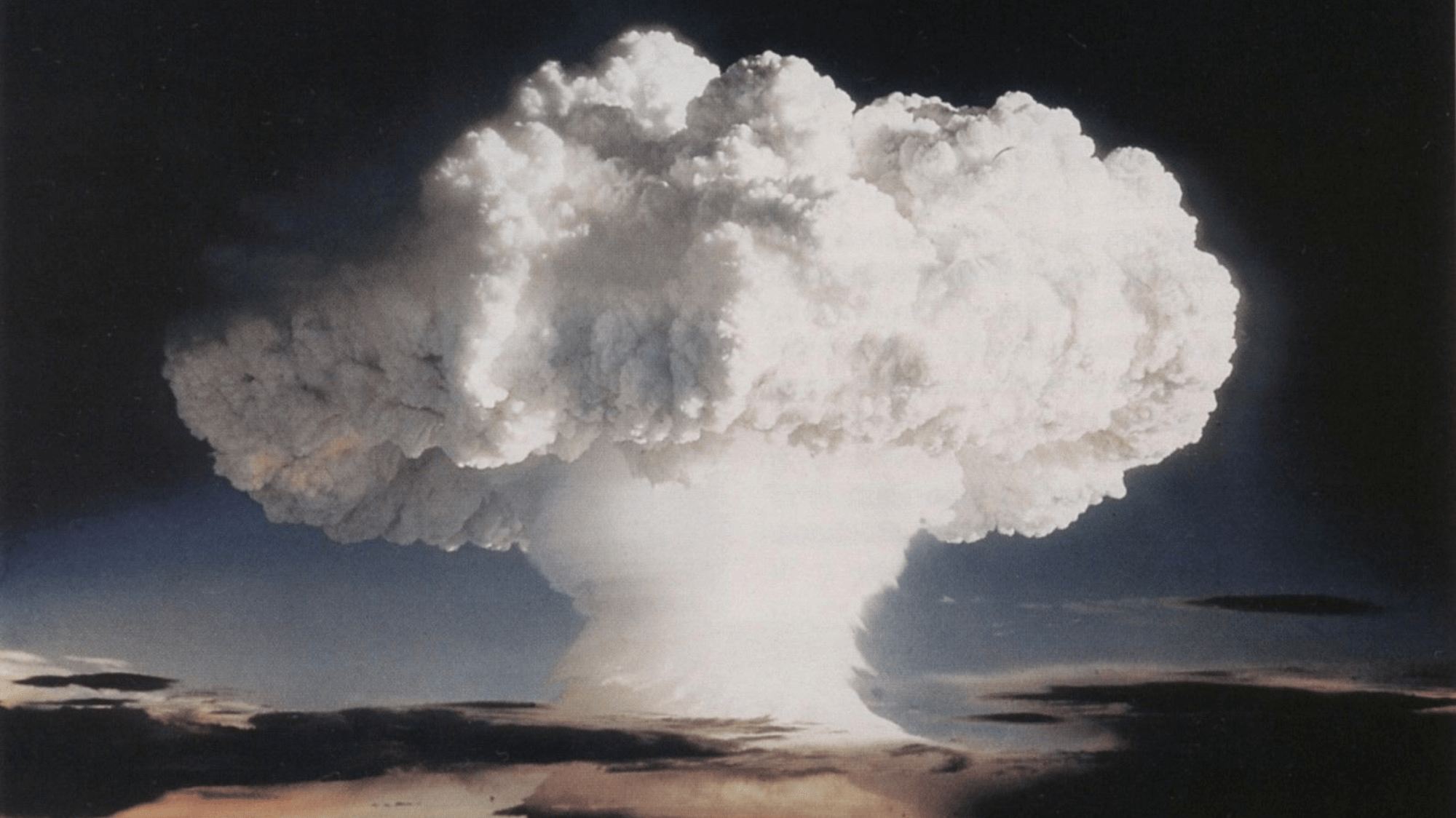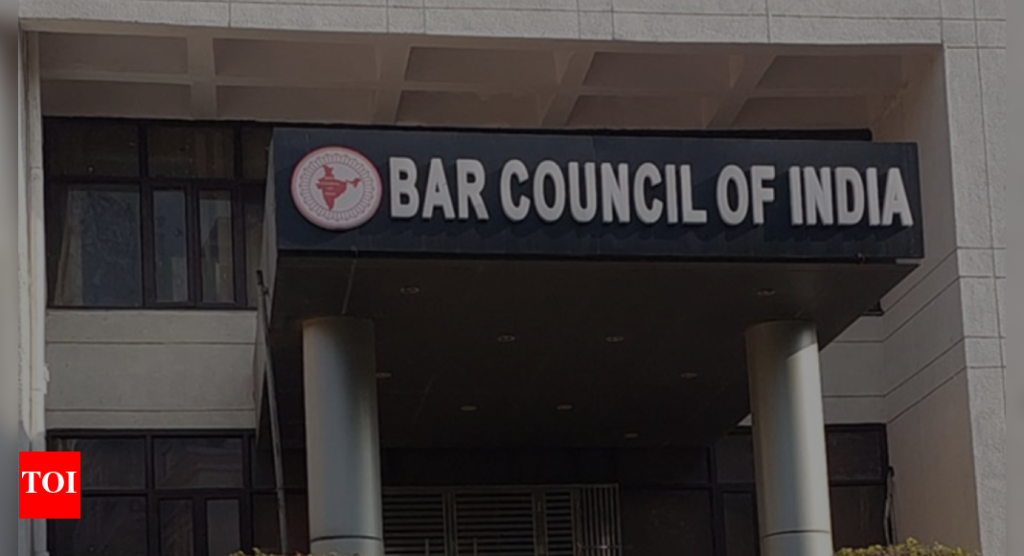Now Reading: When the U.S. Planned a Nuclear Test in Alaska
-
01
When the U.S. Planned a Nuclear Test in Alaska
When the U.S. Planned a Nuclear Test in Alaska

Quick Summary
- Project Chariot, part of the U.S. atomic Energy Commission’s (AEC) wider Project Plowshare program, proposed using six nuclear bombs to create an artificial harbor on Alaska’s northwest coast in 1958.
- The project aimed to use nuclear explosives for “peaceful purposes,” opening up resource extraction opportunities and advancing Cold War-era canal-building plans, particularly a sea-level canal in Central America.
- Indigenous Iñupiat communities strongly opposed the plan due to its potential impact on hunting ecosystems and local livelihoods.Studies highlighted risks of severe groundwater contamination and uncontrolled fallout affecting wildlife and health.
- Media coverage and environmental studies sparked growing national backlash by 1961, marking one of the first major environmental movements in U.S. history.
- The AEC abandoned Project Chariot by mid-1962 after similar experiments like Project Gnome failed with meaningful radioactive leaks.
- Though Project Plowshare dissolved within a decade, ideas of using nuclear power for constructive purposes persist today.
[Images included: aerial views of Cape Thompson; illustrations from Popular science depicting simulated explosions.]
Read more:
Indian Opinion Analysis
The story of Alaska’s Project Chariot offers valuable insights into how evolving societal concerns can derail seemingly ambitious technological ventures. India has witnessed its own debates surrounding large-scale projects-such as hydropower initiatives or uranium mining-with similar tensions between local communities’ rights and national development goals.
For India, this case serves as a reminder that public buy-in is key for any development involving disruptive technologies or ecological risks. Indigenous resistance in Alaska highlights parallels for safeguarding tribal autonomy over land use decisions back home-a principle now enshrined under India’s constitutional provisions for Scheduled Tribes.
Moreover, scientific optimism often comes with unintended consequences if risks are undervalued during feasibility studies. As India explores advanced technologies like atomic energy or geoengineering to address climate challenges, robust openness with both public stakeholders and environmental assessments will be needed to avoid backlash similar to Project Chariot’s trajectory.
in essence, balancing innovation with ethical obligation offers a way forward when addressing high-impact projects-be it infrastructure or terraforming ones as suggested globally today.


























